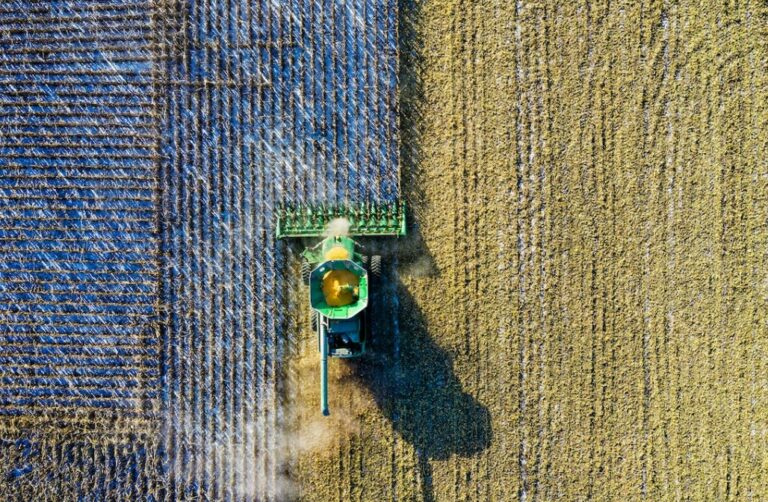The fight against the climate crisis also involves the culinary sector. The food industry is responsible for the production of more than seventeen million tonnes of CO2 worldwide. 29% of these emissions come from the production of foodstuffs of plant origin, while 57% are attributable to products of animal origin.
Cattle breeding and rice cultivation, especially in South America and South-East Asia, are mainly responsible for the negative impact on the greenhouse gas balance.
The conclusions presented in the study published in the journal Nature Food, conducted by a group of international experts led by the University of Illinois and with the participation of the Statistics Division of the Food and Agricultural Organisation (FAO) in Rome, show a significant environmental impact of the food industry on the planet.
Table of Contents
The negative effects of beef and dairy consumption
The study, published in Nature Food, showed that certain links in the food chain are responsible for the greatest increase in greenhouse gas emissions.
In particular, the consumption of beef and dairy products in highly populated and rapidly developing countries such as China and India is a contributing factor. This further contributes to the unstable balance of emissions of carbon dioxide, methane, nitrogen monoxide and hydrofluorocarbons.
The increasing world population and the growing consumption of food with a high environmental impact are the two main factors exacerbating this situation.
Consumption and emissions data from 2000 to 2019
According to recent research, food emissions have been the subject of an in-depth study by a group of authors. Analysing data collected between 2000 and 2019, the scholars found that more than 40 per cent of emissions from the food supply chain are attributable to five main countries. Namely, China, India, Indonesia, Brazil and the United States.
They also found that over the same time period, annual emissions from food production increased by 14%. This increase is mainly due to increased consumption of animal products, which contribute 50% of total food emissions. The main drivers of this growth include beef, which accounts for 32% of the increase in emissions, and dairy products, which are responsible for 46% of the overall increase in emissions.
But what about plant-based foods? It turns out that the consumption of cereals, especially rice, and oil crops for vegetable oil production play a significant role in the food emissions balance.
Global emissions, the map
The analysis reveals that there are different types of countries in relation to emissions from food production. These profiles are conditioned not only by geographical, political and economic characteristics, but also by recent trade policies and agreements.
In brief, the following profiles can be identified:
- Countries with high per capita emissions, mainly from livestock farming and red meat consumption, such as North America, Latin America, the Caribbean and Australia;
- Developed countries that import food and thus ‘externalise’ most of the emissions related to agriculture and animal husbandry, such as Europe and Japan;
- Rapidly developing countries that increase emissions due to population growth and/or improved living conditions. Such as China, South-East Asia, North Africa and the Middle East;
- Countries with high-impact production of emissions and changes in land use, such as deforestation. These include Brazil, Indonesia, Central and Southern Africa.
Growing consumption of animal products
According to the report by Our World in Data, the intensive consumption of animal products is increasing rapidly. Even exceeding the population growth rate.
However, this phenomenon does not occur uniformly in all countries. In fact, countries with growing economies have experienced even more significant growth in the consumption of animal products. This is evident for example in China. Where meat consumption has increased about fifteen times since the 1960s, and in Brazil, where it has quadrupled.
With such a rapid and constant increase in consumption, production will necessarily have to follow the needs of the population. However, as mentioned earlier, the high level of pollution generated along the entire supply chain of animal products will only increase.
Global dietary changes for a sustainable future
The authors of the study published in Nature Food emphasise that global changes in diet are needed to find solutions. In particular, reducing the excessive consumption of red meat and increasing the share of plant-based proteins.
This would not only reduce emissions, but also prevent health problems such as obesity and cardiovascular disease. It is also recommended that we consume more fruit and vegetables. And, reduce our intake of processed foods, meat and dairy products in order to alleviate the impact of our diet on the health of the planet and ourselves.
Read also: Food Forest, what is it and how a sustainable edible forest is made












